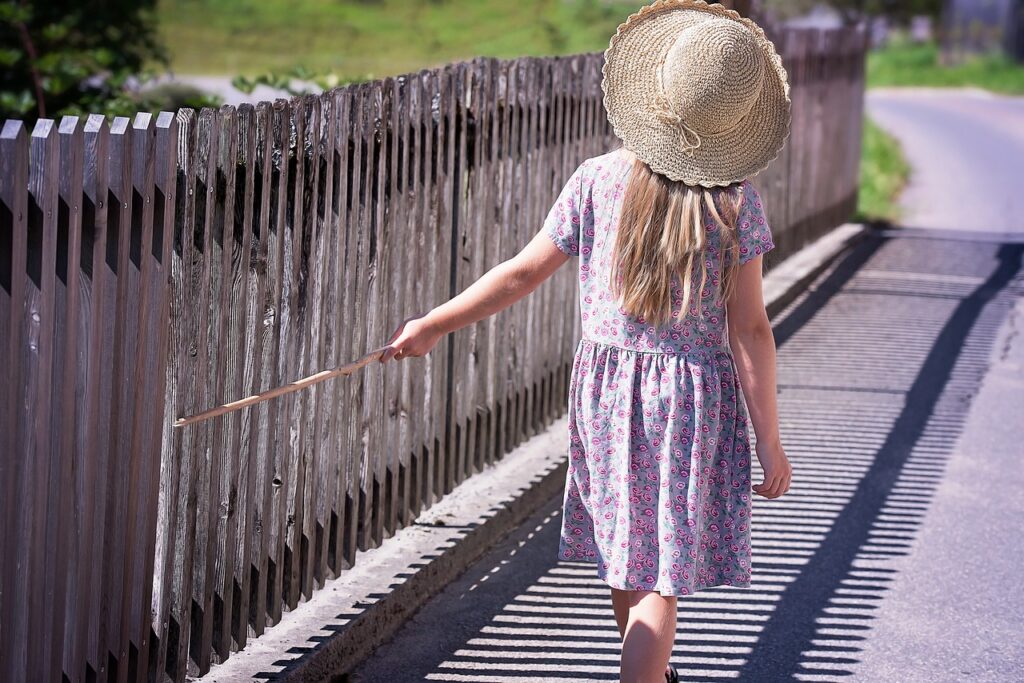As environmental awareness grows, so does the demand for sustainable materials in home improvement projects. One area where this shift is particularly noticeable is in fencing, where homeowners are increasingly turning to composite options. Composite fencing not only offers a modern aesthetic but also serves as a sustainable alternative to traditional materials like wood and vinyl. Let’s explore how composite fencing contributes to environmental sustainability and the numerous benefits it brings to homeowners.
Understanding Composite Fencing
What Is Composite Fencing?
Composite fencing is a versatile product made from a combination of recycled materials, typically wood fibres and plastic. This innovative material is designed to mimic the look of wood while providing enhanced durability and resistance to the elements. Unlike traditional wood fencing, which can warp, splinter, or decay over time, composite fencing from dino.co.uk offers a long-lasting solution without sacrificing style.
The Manufacturing Process
The production of composite fencing is a noteworthy aspect of its eco-friendliness. The process involves recycling plastic waste and wood by-products that might otherwise end up in landfills. Moreover, many manufacturers implement energy-efficient techniques during production, which further reduces the environmental footprint of composite fencing. For professional installation and advice, Area Fence Company or a fence contractor in Wake Forest can guide you in choosing composite materials that align with your sustainability goals.
Environmental Benefits of Composite Fencing
Reduced Deforestation
One of the most significant advantages of composite fencing is its role in reducing deforestation. By using recycled materials, composite fencing helps diminish the demand for new timber, allowing forests to thrive. This is particularly important as deforestation has severe consequences for ecosystems, biodiversity, and climate change. When you choose composite fencing, you’re contributing to the preservation of our planet’s natural resources.
Recycling and Waste Reduction
Composite fencing also plays a crucial part in recycling and waste reduction. By incorporating recycled wood and plastic into its construction, this fencing option not only minimises waste but also encourages a circular economy. The use of materials that would otherwise contribute to landfill overflow helps promote a more sustainable lifestyle, making composite fencing a responsible choice for eco-conscious homeowners.
Longevity and Durability
In addition to its eco-friendly credentials, composite fencing is known for its impressive durability. Unlike traditional wood fencing, which often requires regular maintenance and replacement due to rot and insect damage, composite fencing is designed to withstand the test of time. This longevity not only reduces the environmental impact associated with frequent replacements but also saves homeowners money in the long run.
Tips You Need to Know When You’re Installing a Composite Fence by Yourself
Are you preparing to take on the task of building a new composite fence? There are going to be people who say this isn’t a good idea. But, there are plenty of reasons why you plenty of reasons why you should proceed with this DIY project. From saving money to getting exactly what you want, with some preparation work, you can ensure you get the best results from building a composite fence. Here are some tips that can help you get started with this type of project.
Know the Boundary
First and foremost, you need to know where the boundary is with your neighbour. The last thing you want is to build a nice and new fence just to have to tear it down again because you’ve overstepped the mark. Therefore, spend some time researching where the boundary line is. Even if you think you know where it is, it’s always worth checking with your property information. It can save disputes and any trouble later on.
Stick to the Rules
Let’s not forget that there are regulations in place when it comes to building fencing. Typically, you’re allowed to build a two-metre high fence without needing planning permission from the local council. Again, it helps to check out the rules in your local area first. While it can take some time, it will save you a lot of hassle and expense if you make a mistake.
Choose a Nice Day
Building a new fence will involve having nice weather to make your job easy. Therefore, look at the forecast and carefully plan the project when there’s good weather. This means having on rain or wind. This allows the soil to be stable and you won’t be working against the elements during installation.
Tell Your Neighbours
If you’re building a new fence and not just replacing an old one, it’s advised that you talk to your neighbours. While it might be your property, you don’t want to upset anybody or cause disputes. So, you can politely inform them of what you want to do and this can prevent any arguments.
Conclusion
In summary, composite fencing is changing the game for eco-friendly outdoor solutions. Its sustainable production process, reduced reliance on timber, and long-lasting durability make it an excellent choice for environmentally conscious homeowners. By choosing composite fencing, you’re not only investing in a stylish and functional product but also contributing to a more sustainable future. As you consider your fencing options, remember the positive impact you can make on the environment—one fence at a time!

